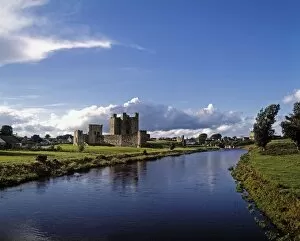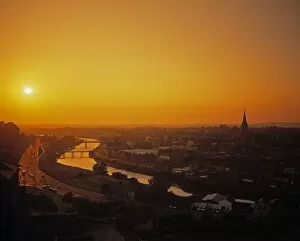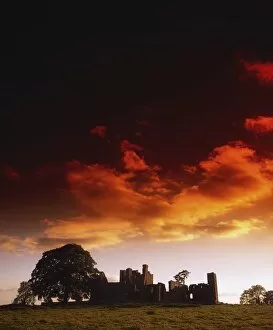River Boyne Collection
The River Boyne, located in County Meath, Ireland
All Professionally Made to Order for Quick Shipping
The River Boyne, located in County Meath, Ireland, is a captivating waterway that holds centuries of history and natural beauty and has witnessed significant events throughout the years, making it an iconic symbol of Irish heritage. One engraving that stands out is "The International Fisheries Exhibition at South Kensington. " This artwork showcases the river's importance as a vital fishing resource. The abundance of fish in its waters has sustained communities along its banks for generations. Another historical event depicted is "William III. At the Boyne, 1690. " This engraving immortalizes the famous Battle of the Boyne when King William III led his troops across this very river to secure victory during the Williamite War in Ireland. In more recent times, we see an artist's depiction titled "Launching a coracle on the River Boyne, " capturing a moment from 1924-1926. Coracles were traditional Irish boats used for fishing and transportation along these waters. This image reflects how people have relied on this majestic river for their livelihoods throughout history. Trim Castle On The River Boyne adds architectural grandeur to this picturesque landscape. Located in County Meath, Trim Castle overlooks the flowing waters with regal elegance. Its presence serves as a reminder of Ireland's rich medieval past. Further downstream lies Drogheda and Bective Abbey – two additional landmarks connected by the River Boyne's meandering path through Co Louth and Co Meath respectively. These sites hold immense historical significance and contribute to Ireland's cultural tapestry. As you explore these images from different eras depicting various aspects of life along the River Boyne, one thing becomes clear: this waterway has shaped not only landscapes but also stories passed down through generations. From battles fought to daily routines carried out upon its banks, it remains an integral part of Irish identity.











